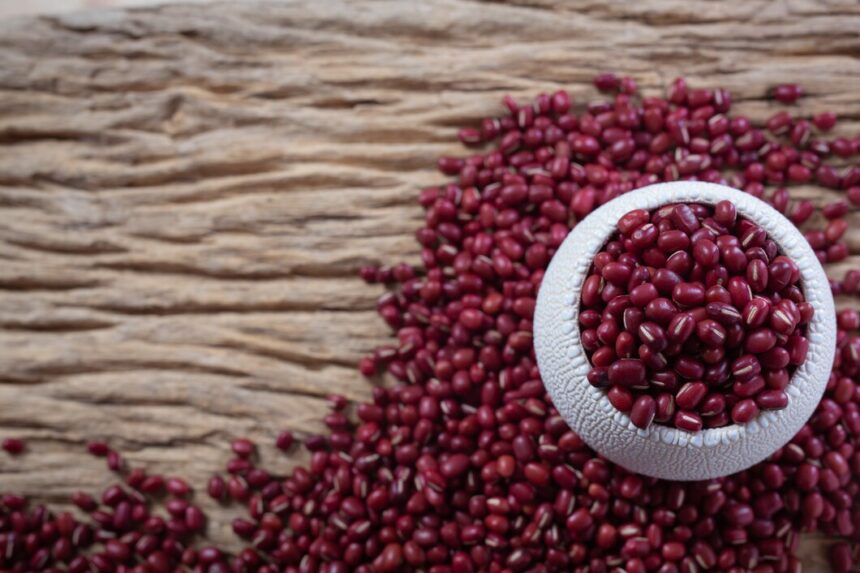Kidney beans, also known as red beans, are a popular legume grown worldwide for their nutritional value and culinary versatility. In South Africa, kidney beans are an important crop, providing essential nutrients and income for farmers. To maximize the quality and yield of kidney beans, farmers can implement various techniques tailored to the local climate, soil conditions, and farming practices. Here are some effective strategies for enhancing the quality and yield of kidney beans in South Africa:
1. Selecting High-Quality Seeds
Start with high-quality seeds from reputable suppliers or sources with a track record of producing healthy, disease-resistant plants. Choose bean varieties adapted to local growing conditions, such as climate, soil type, and altitude, to ensure optimal performance and yield potential.
2. Soil Preparation and Fertility Management
Prepare the soil thoroughly before planting by tilling, removing weeds, and incorporating organic matter such as compost or well-rotted manure. Conduct soil tests to assess nutrient levels and pH, and apply appropriate fertilizers based on recommendations to ensure adequate nutrition for healthy plant growth and development.
3. Optimal Planting Time and Spacing
Plant kidney beans at the appropriate time, typically after the last frost date and when soil temperatures have warmed to around 18-24°C. Follow recommended spacing guidelines to allow plants ample room to grow and access nutrients and sunlight efficiently, promoting vigorous growth and optimal yield potential.
4. Proper Irrigation Management
Provide kidney beans with consistent moisture throughout the growing season, especially during flowering and pod development stages. Implement efficient irrigation methods such as drip irrigation or furrow irrigation to minimize water waste and ensure uniform soil moisture, reducing the risk of drought stress and yield loss.
5. Weed Control
Keep fields weed-free through timely cultivation, mulching, or the use of herbicides to prevent competition for nutrients, water, and sunlight. Weed management is crucial, particularly during the critical early growth stages when kidney bean plants are most vulnerable to weed pressure.
6. Pest and Disease Management
Monitor fields regularly for signs of pests and diseases, such as aphids, bean beetles, powdery mildew, or bacterial blight. Implement integrated pest management (IPM) strategies, including cultural practices, biological controls, and judicious use of pesticides, to minimize damage and protect plant health and yield.
7. Support and Trellising
Provide support for kidney bean plants, especially climbing or vining varieties, by installing trellises, stakes, or other structures to prevent lodging and promote upright growth. Proper support helps reduce the risk of disease, facilitates airflow, and improves harvesting efficiency, leading to higher-quality beans and increased yield.
8. Pruning and Thinning
Prune kidney bean plants as needed to remove damaged, diseased, or overcrowded foliage, promoting better air circulation and light penetration. Thin plants if necessary to achieve optimal spacing and reduce competition for resources, allowing remaining plants to develop robust root systems and produce more uniform pods.
9. Harvesting at Peak Maturity
Harvest kidney beans at the appropriate stage of maturity, typically when pods are fully developed, firm, and crisp, but before they become overly mature or fibrous. Timing is critical to ensure maximum flavor, tenderness, and nutritional value, as well as to prevent shattering or seed loss during harvesting.
10. Post-Harvest Handling and Storage
Handle harvested kidney beans with care to minimize damage and maintain quality. Promptly remove beans from the field, clean and sort them to remove debris and defective beans, and dry them thoroughly to reduce moisture content and prevent mold growth during storage. Store beans in clean, dry containers in a cool, well-ventilated area to preserve freshness and flavor.
Enhancing the quality and yield of kidney beans in South Africa requires a combination of sound agronomic practices, proper management techniques, and attention to detail throughout the growing season. By selecting high-quality seeds, preparing the soil, optimizing planting times and spacing, managing irrigation and nutrients efficiently, controlling weeds, pests, and diseases, providing support as needed, and harvesting and storing beans properly, farmers can maximize the productivity and profitability of kidney bean cultivation. With careful planning and implementation of these techniques, South African farmers can enjoy bountiful harvests of high-quality kidney beans to meet local demand and contribute to food security and economic development in the region.
Join 'Farmers Mag' WhatsApp Channel
Get the latest Farming news and tips delivered straight to your WhatsApp
CLICK HERE TO JOIN






